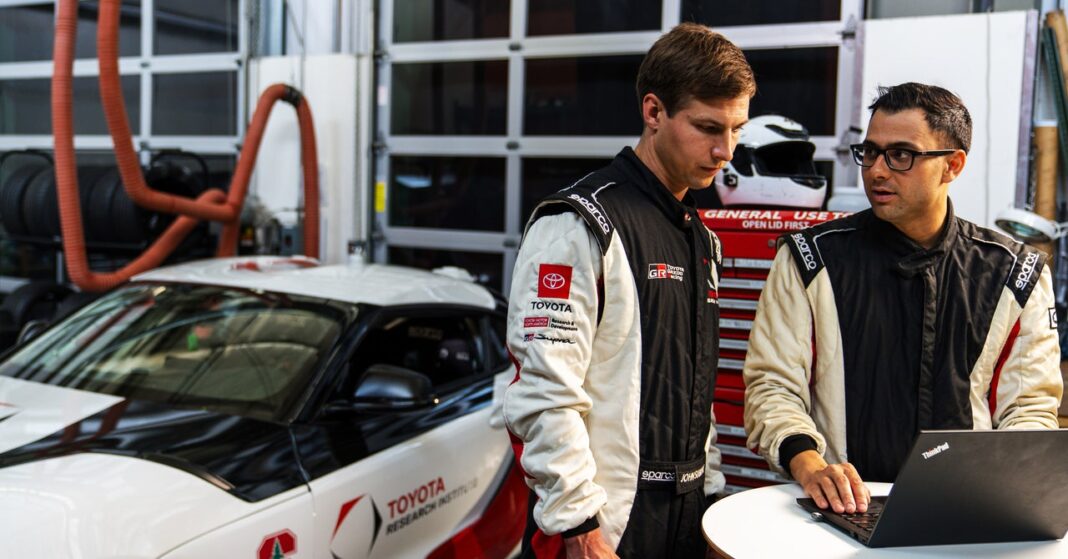In Short:
Scientists from Toyota Research Institute and Stanford University developed self-driving cars capable of drifting in a controlled manner to push the limits of autonomous driving. The cars performed a tandem drift at Thunderhill Raceway Park in California. The project aims to improve driver-assistance systems using algorithms tested during the stunt. Although self-driving technology has advanced, challenges remain in extreme conditions. The project combines machine learning with physical models, showing promise for future autonomous vehicles.
Toyota and Stanford University Develop Self-Driving Cars That Can Drift
Losing traction while driving at high speed is generally very bad news. However, scientists from the Toyota Research Institute and Stanford University have developed a pair of self-driving cars that use artificial intelligence to drift in a controlled fashion. This innovative technique, known as “drifting,” pushes the limits of autonomous driving.
Drifting Stunt at Thunderhill Raceway Park
The two autonomous vehicles successfully performed the daring stunt of drifting tandem around the Thunderhill Raceway Park in Willows, California, in May. A promotional video captures the two cars roaring around the track just a few feet from each other after human drivers relinquished control.
Potential for Future Driver-Assistance Systems
Chris Gerdes, a professor at Stanford University, who led the project, shared that the techniques developed could potentially enhance future driver-assistance systems. The goal is to match or exceed the skills of the best human drivers. These algorithms tested on the California track could help intervene when a motorist loses control, similar to how a skilled stunt driver would operate.
Advancements in Autonomous Driving
The project showcases progress in high-speed autonomy, yet acknowledges that self-driving vehicles still have room for improvement. While autonomous taxis operate in specific scenarios without drivers, they may encounter challenges and require occasional remote assistance.
Technology Behind the Drifting Cars
The Toyota and Stanford researchers equipped two GR Supra sports cars with computers, sensors, and algorithms that combine mathematical models with machine learning. These modifications enable the cars to teach themselves the art of drifting and operate at exceptional levels of performance.
Future Prospects and Challenges
According to Ming Lin, a professor at the University of Maryland focusing on autonomous driving, the project illustrates the importance of combining machine learning with physical models. While the dual drifting demo showcases advancements, mastering unpredictable real-world scenarios remains a complex task.
Control at the Extremes
The demonstration in 2022 involved autonomous cars drifting individually, with the recent tandem drifting requiring superior control and vehicle communication. The vehicles received data from professional drivers’ laps and continuously calculated optimization problems to manage steering, throttle, and brake balance.
Challenges in AI Advancements
Despite recent AI progress, such as in large language models, the physical world poses unique challenges. Achieving control in extreme conditions, like sliding tires on snow or ice, demands expertise and continuous learning from experts.
The Role of Large Language Models
Avinash Balachandran, vice president of TRI’s Human Interactive Driving division, emphasizes the crucial difference between AI in language models and autonomous vehicles. Ensuring safety and control in real-world driving scenarios requires a higher level of accuracy and expertise.




